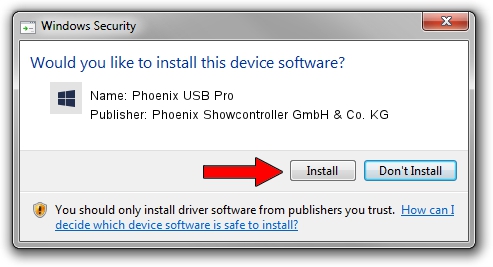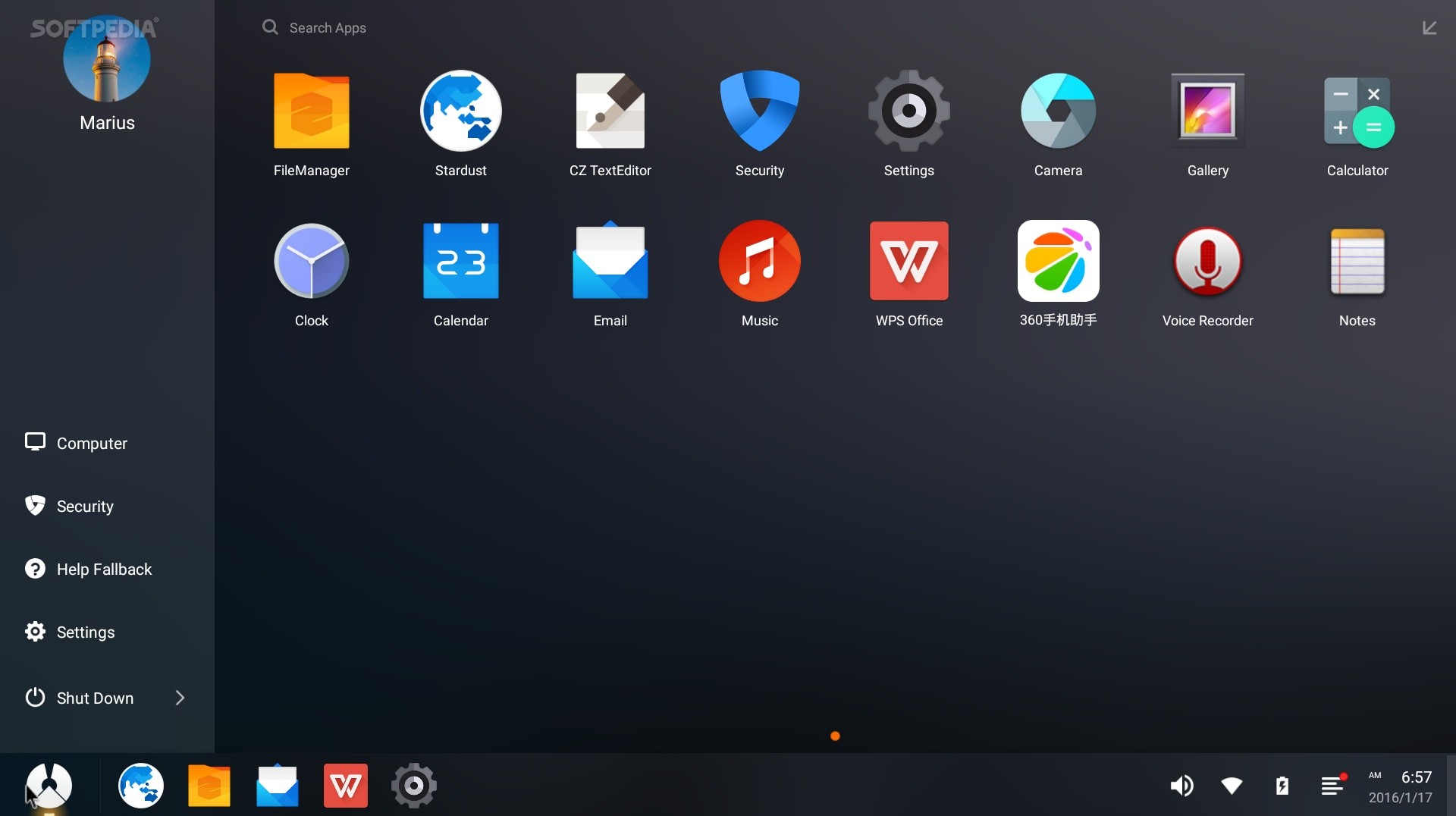How to use Phoenix BIOS Editor
The application for Windows phoenix bios editor has an easy interface for modifying Phoenix BIOS 4.0 Rel. and then there will be no need to reinstall the BIOS later. It supports unpacking, replacing, and repacking of components within a BIOS image, and allows changing of settings and modifies the application to the actual BIOS itself.
This video shows the process of downloading and flashing the basic input/output system (BIOS) rom to the most up to date version.
PhoenixSuit, free download. Android manager software for Windows: Android management software with many different functions. Includes tests and PC download for 32-bit/64-bit systems completely free-of-charge. Download all Phoenix BIOS Flasher (phlash, winphlash) versions from Wim's BIOS. In a different case, there is one motherboard manufacturer that still uses brand Phoenix BIOS editor - Intel. To find out this question in more detail, refer to the motherboard manual. The Phoenix OS(x86) can run on devices with Intel x86 series CPUs. It can be installed on hard disk for operation, without affecting the original operating system. The latest updates to the VLC drivers downloads, are the following: - Retentive Memory v6.3.2. PHOENIX CONTACT. 586 Fulling Mill Road Middletown, PA 17057 (800.
The utility allows users to make modifications with the ROM image created previously without using the source code. Phoenix BIOS Editor decompresses a single ROM image in the automatic mode. It proceeds to the small ROM modules, which are a part of the BIOS. Having completed modifying a ROM image, the utility adds user’s modifications into a new BIOS image. The last can be written to a flash memory.
Phoenix BIOS Editor installing fo Windows
Download the Fenix Bios Editor archive by clicking the download button located in the left corner below the image. Unpack the archive. Run BiosEdit.exe
In order to configure the Phoenix BIOS for installing Windows, select Advanced BIOS Features. The signals issued by the Phoenix BIOS are encoded in a slightly different way than the AMI BIOS or Award BIOS audio signals. As a rule, the Phoenix BIOS generates several series of short signals, which are separated from each other by long pauses.
When entering the BIOS, you will see one of the two images represented depending on the manufacturer. If you have AWARD (Phoenix) BIOS it is necessary to do the following steps. Enter the BIOS, select the second menu item Advanced BIOS Features. Download all Phoenix BIOS Flasher (phlash, winphlash) versions from Wim's BIOS.
In a different case, there is one motherboard manufacturer that still uses brand Phoenix BIOS editor - Intel.
To find out this question in more detail, refer to the motherboard manual. To boot the computer with the default settings, press F1.

If you have proper skills for working in BIOS settings, press the Delete key to enter the BIOS Setup and make the necessary settings.
Adding 'illegal' devices to the BIOS whitelist
- It is necessary to have BIOS itself, the program for dissembling the BIOS by modules Phoenix BIOS Editor.
- The BIOS file must be opened with winrar or another archiver and found in it * .WPH file, you will edit just this one.
- Next, install the Phoenix BIOS Editor.
- Launch the Phoenix BIOS Editor and open the * .WPH file from the archive.
- Press ”Yes” to the warnings.
- Go to the Phoenix BIOS Editor installation folder and find the TEMP folder there.
- After opening the BIOS, a lot of files will appear in it, mainly with the * .ROM extension. You need the file MOD_5100.ROM that contains the Whitelist devices itself.
- Next, you need to find out the VID - vendor ID and PID - product ID of your new device. To do this, you can insert it into another laptop in which there is no device lock and see its data. It is necessary to go to the device manager and find there the device that you installed in the computer. Click on it 2 times and select 'information'.
- Next, enter the VID / PID values of the device already in this BIOS.
- In order to collect the BIOS back, you need to make any change through the interface of the Phoenix BIOS Editor itself and then return the value back so as not to break anything.
- Only then, the Build BIOS button will appear and you can put everything in place.
- You save the new BIOS to the device.
Before uploading the BIOS back, it is recommended to check all the modifications for several times. In case of errors, the device might be broken.
To conclude
It is necessary to understand that phoenix bios editor is not responsible for any damage caused to your computer due to either use’s error, or a malfunction or bug within the Editor. If you do not know or do not understand what you are doing, it’s highly recommended not to work with the utility.
More information on BIOS modification can be found on the forum
The new PhoenixMiner beta version with ETCHash support is ready.
You can download PhoenixMiner 5.4c from here:
or:
The file contains the link to download the .zip archive and the password (phoenix) to unlock it.
Inside the archive you will find a file README.txt with installation instructions.
Make sure to replace the pool and wallet address by what you’re using in all files.
Changelog

- Added support for DAG epochs up to 500
- Fixed crash (or GPUs not detected error) when using the latest Windows Nvidia drivers 460.79 and 460.89
- Validated support for Nvidia RTX 3090, 3080, 3070, and 3060Ti GPUs. Those still use the current kernels and there are no speed increases from the previous PhoenixMiner release
- Add support for the older AMD Linux driver 19.50-1011208-ubuntu-18.04 (used by some Linux mining OSes and other software)
- Added new kernels to allow mining on AMD Hawaii cards (R9 390, etc.) with the current and future DAG epochs (even with DAG buffer above 4GB for the 8GB cards).
Note that the AMD Windows drivers do not support compute mode for Hawaii cards, so the hashrate will be quite low (14-15 MH/s with the current ETH DAG epoch). This problem is fixed under Linux, where you can get the full 29-30 MH/s speed out of the Hawaii cards.
Some notes on the best (or at least some of the better) drivers for AMD cards:
If you have 6GB or 8GB card that is at least Polaris (i.e. 470/480/570/580, Vega, Radeon VII, Navi), you should run at least driver 20.5.1 under Windows 10, or driver 20.10.x under Linux.
Download Phoenix Driver License
If you have 4GB Polaris card (i.e. 470/480/570/580), ideally you should also run drivers 20.5.1 or later. At the very least the drivers should be either 18.12.1.1 to 19.7.5 (inclusive), or 19.12.2 and later. Under Linux, drivers 19.x.x or 20.x.x should be OK for 4GB cards.
Avoid using the 20.40.x, and 20.45.x drivers under Linux.
How to start mining Ethereum Classic
Here is a full command-line example for mining ETC (IMPORTANT: replace the ETC address with your own ETC wallet address in the -wal option, Rig001 is the name of the rig):
Example:
Download Driver Phoenix Awardbios V6.00pg
PhoenixMiner.exe -pool eu1-etc.ethermine.org:4444 -wal 0xdBa4C80E8a1298228D31D822dAe069Fd624D7B16.rig001 -coin etc
Secure connection:
Phoenix Driver Download
PhoenixMiner.exe -pool ssl://eu1-etc.ethermine.org:5555 -wal 0x6481c50D9df43314e660716F6dB58f04de71ae0e.Rig001 -coin etc
Here are a couple of epools.txt lines for ETC mining:
Example:
Download Phoenix Nokia Flashing Driver
POOL: ssl://eu1-etc.ethermine.org:5555, WAL: 0x6481c50D9df43314e660716F6dB58f04de71ae0e.Rig001, COIN: etc
POOL: etc-eu1.nanopool.org:19999, WAL: 0x6481c50D9df43314e660716F6dB58f04de71ae0e.Rig001, COIN: etc
Download Phoenix Driver Jobs
Happy Mining!